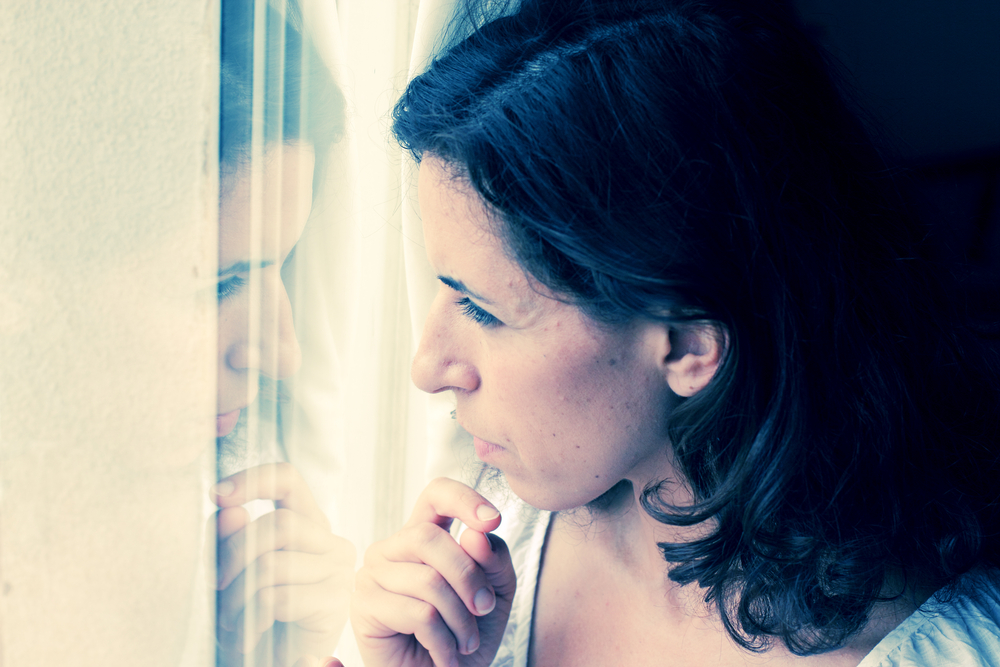Around one third of people with depression do not find any relief with existing treatments. That may be about to change thanks to the findings of a recent study.
The study, believed to be the first of its kind, found promising results from the use of laughing gas (nitrous oxide) as a treatment for severe depression.
Findings from the study were presented on 9 December at the annual meeting of the American College of Neuropsychopharmacology.
The Research – What They Did
The study involved 20 participants whose symptoms were resistant to conventional treatments. Participants were given a placebo or laughing gas – the same mixtures dentists give during dental procedures – but they were blind to which they were receiving.
Two hours after receiving the laughing gas, and again a day later, participants were assessed for their severity of symptoms – sadness, feelings of guilt, suicidal thoughts, anxiety and insomnia.
What They Found
Two thirds of participants reported an improvement in symptoms after receiving the laughing gas. The improvement was evident 2 hours after treatment, a vast improvement on the two weeks or so it takes for conventional antidepressant treatments to make a difference.
Laughing gas has minimal side effects – the most common are nausea and vomiting.
It leaves the body very quickly once people stop breathing in the gas, which is why the improvements in symptoms a day later are considered to be a real effect and not because of any leftover gas.
More studies are needed but the path is a promising one. As explained by Peter Nagele, MD, lead researcher and assistant professor of anesthesiology at the School of Medicine, ‘It’s kind of surprising that no one ever thought about using a drug that makes people laugh as a treatment for patients whose main symptoms is that they’re so very sad.’



Leave a Reply